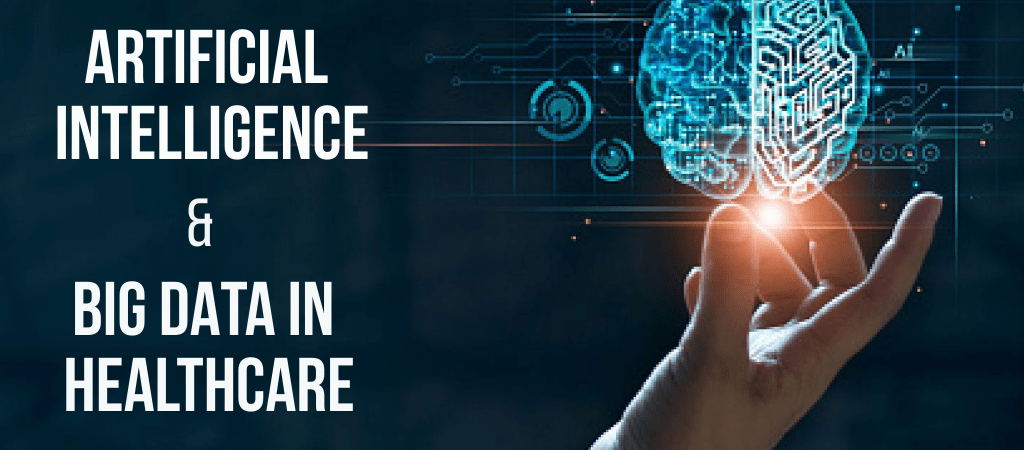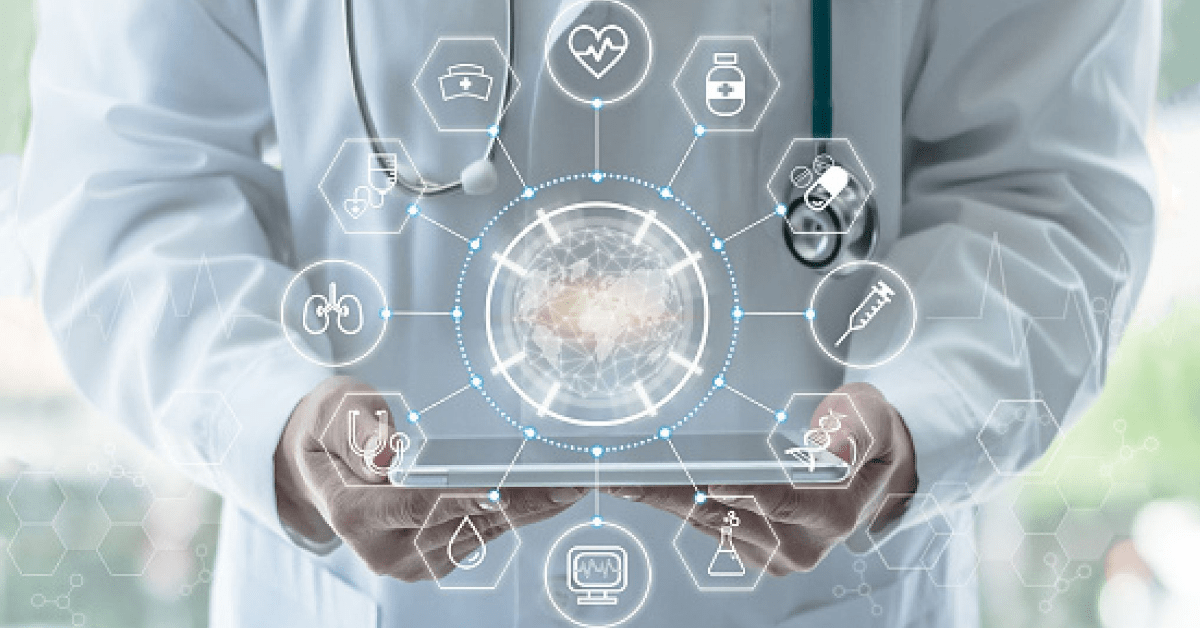Today, it can be said that the existing healthcare system in most parts of the world is modern because, as outlined by Dave Harrington (2014), the modern healthcare system is driven by data and technology. The fast-paced advancements in technology in various fields have found their way into the healthcare sector directly and indirectly. An example of technology that directly influences the healthcare system is diagnostic imaging, which enables physicians to study the function and morphology of the human body in detail. It works by imaging the interior of a body for clinical analysis and medical intervention, as well as a visual representation of the function of some organs or tissues.
Also, technological advances in the transportation sector positively influence access to healthcare through the invention of route planning and accident-prevention sensors, which in turn improve healthcare outcomes indirectly (Magdalena et al., 2013).
Another example is Natural Language Processing (NLP) systems, which can analyze unstructured clinical notes on patients, giving incredible insight into understanding quality, improving methods, and better results for patients. NLP is a form of artificial intelligence that is used in the healthcare sector.
What is Artificial Intelligence?
Artificial intelligence (AI) is a branch of computer science that involves developing computer programs to complete tasks that would otherwise require human intelligence. AI algorithms can tackle learning, perception, problem-solving, language-understanding and logical reasoning (Kumar, 2018). Characteristics of AI include being capable of predicting and adapting, making decisions on its own, continuous learning, being forward-looking, and being capable of motion and perception (Ziyad, 2019).
What is Big data?
“Big data” refers to data sets that are too large or complex to be dealt with by traditional data-processing application software. However, the current usage of the term “big data” tends to refer to the use of predictive analytics, user behaviour analytics, or certain other advanced data analytics methods that extract value from big data, and rarely to a particular size of data set (Boyd et al, 2017). The size and number of available data sets have grown rapidly as data is collected by mobile devices, aerial (remote sensing), software logs, cameras, microphones, radio-frequency identification (RFID) readers, and wireless sensor networks (Hellerstein, 2008). Therefore, people regularly encounter difficulties with large data sets in internet searches, financial technology (FinTech), healthcare analytics, geographic information systems, urban informatics, and business informatics. The application of big data helps to extract and refine these data to be processed into useful information.
An example of such big data is HealthThink Analytics, a database in which health-related data from numerous sources is collated, reviewed, and frequently updated for public consumption. It is an integrated data warehouse consisting of multiple datasets from a wide range of data sources.
Artificial Intelligence and Big Data in Healthcare
With the added adoption of mobile and electronic health (mHealth & eHealth), and wearable technologies, the volume of data generated in the healthcare industry is increasing. This includes electronic health record data, imaging data, patient-generated data, sensor data, and other forms of difficult-to-process data. There is now an even greater need for such an industry to pay greater attention to data and information quality (O’Donoghue et al., 2012). An example of a big data application in healthcare is Electronic Medical Records (EMR)
The National Cancer Institute (NCI) defines an electronic medical record as an electronic (digital) collection of medical information about a person that is stored on a computer. An electronic medical record includes information about a patient’s health history, such as diagnoses, medicines, tests, allergies, immunizations, and treatment plans. An example of an EMR software is SmartaCare. The first advantage of an EMR is that healthcare professionals have improved access to the entire medical history of a patient. Because of this, the recognition and treatment of medical conditions are time-efficient due to a reduction in the lag time of previous test results (Sabyasachi et al., 2019).
In healthcare, one of the ways AI contributes is robotic surgery, whereby robotic devices offer the surgeon unprecedented control and precision of the surgical instruments employed during minimally invasive procedures. This leads to less post-operative pain for that patient, a shorter hospital stay, quicker recovery time, better cosmetic effects, and better physiologic function.
While Big Data solutions such as HealthThink Analytics, help to refine and extract valuable data from a very large number of datasets, AI helps to improve several aspects of healthcare, from safeguarding patients through EMR records to robotic surgeries. With their combined effort, they have given the healthcare industry that has been hurt by poor processes and rising costs a well-deserved makeover.
External Links
- https://sci-hub.se/10.1097/jce.0000000000000005
- https://www.foreseemed.com/artificial-intelligence-in-healthcare#:~:text=A%20common%20use%20of%20artificial,and%20better%20results%20for%20patients.
- https://chethankumargn.medium.com/artificial-intelligence-definition-types-examples-technologies-962ea75c7b9b
- https://www.researchgate.net/publication/332548325_Artificial_Intelligence_Definition_Ethics_and_Standards#:~:text=Artificial%20intelligence%20(AI)%20is%20a,understanding%20and%2For%20logical%20reasoning.
- https://en.wikipedia.org/wiki/Big_data#Characteristics
- http://gigaom.com/2008/11/09/mapreduce-leads-the-way-for-parallel-programming/
- https://healththink.org/
- https://dl.acm.org/doi/10.1145/2378016.2378021
- https://www.cancer.gov/publications/dictionaries/cancer-terms/def/electronic-medical-record
- https://ehealth4everyone.com/smartacare
- https://journalofbigdata.springeropen.com/articles/10.1186/s40537-019-0217-0




